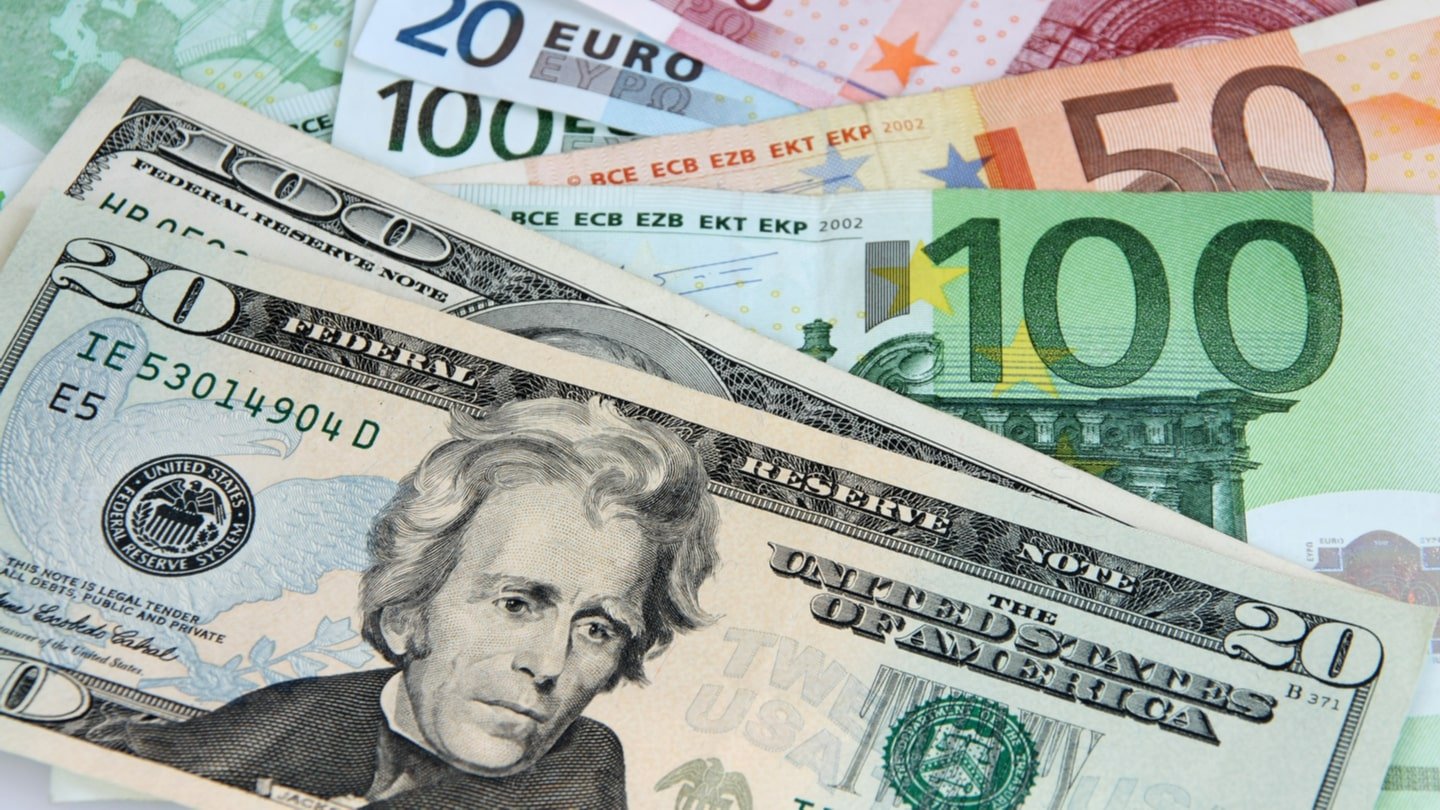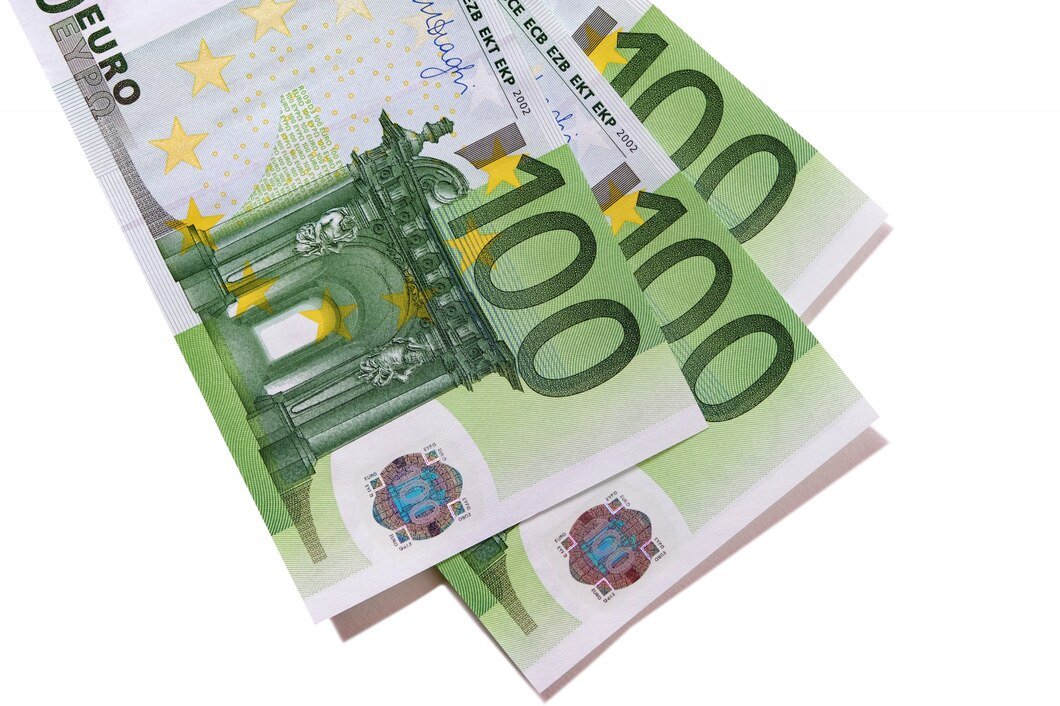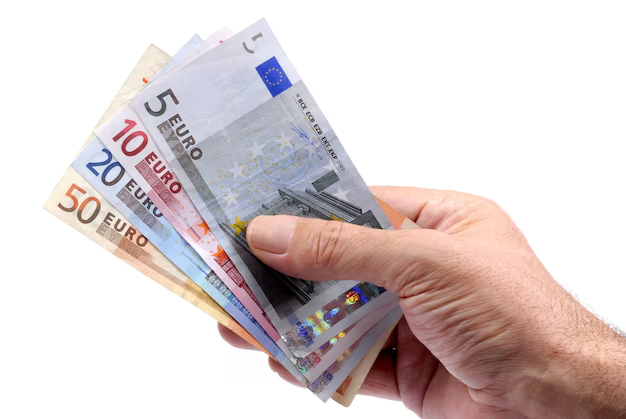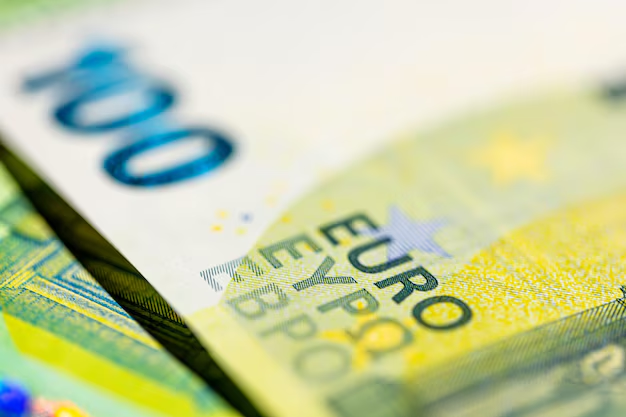EUR/USD Forecast: Bullish Trend Goes On with 1.1400 as the Next Important Target
EUR/USD currency pair continues to be bullish as it holds firm near 1.1360 in the Asian session amid a strong technical position. The pair is comfortably above the 100-day Exponential Moving Average (EMA), with the Relative Strength Index (RSI) indicating sustained bullish momentum. The immediate overhead is at 1.1400, with scope for further upside towards 1.1547 and 1.1647. On the negative side, there is support at 1.1315, and a continued break below this may unlock the way for a pullback to 1.1000 or even 1.0888. With mixed signals on US-China trade relations, nonetheless, the bullish outlook for EUR/USD continues to hold in the near term. KEY LOOKOUTS • The immediate upside target for EUR/USD is at the psychological level of 1.1400. A break above this level could set the stage for further rallies to 1.1547 and 1.1647. • The initial strong support to watch is 1.1315, the April 24 low. A strong and persistent move below this could indicate a possible fall to lower degrees, e.g., 1.1000. • EUR/USD continues to be supported by a solid bullish sentiment, with the currency trading above the important 100-day EMA and an RSI of 61.80, which shows sustained bullish momentum. • Uncertainty from mixed signals provided by the US and China regarding trade talks might engender volatility for the pair, and hence close attention needs to be paid to fresh information that can influence market sentiment. EUR/USD remains on a bullish outlook, with the pair maintaining ground around 1.1360, underpinned by a strong technical platform. The nearby resistance is located at 1.1400, and breaching this barrier may trigger the price to proceed higher towards 1.1547 and then 1.1647. On the down side, a first support in view is located at 1.1315, and its breach may alert for a downtrend towards 1.1000. The pair’s bullish bias is supported by the 100-day EMA and a positive RSI, which reflects continuous upward momentum. Nevertheless, market volatility may rise due to continued uncertainty over US-China trade relations, and it is therefore important to be vigilant for any news update that could shape market sentiment. EUR/USD has a positive outlook with support at 1.1315 and resistance at 1.1400. The bull run of the pair is complemented by a high RSI and the support of the 100-day EMA, despite possible volatility driven by US-China trade uncertainties. • EUR/USD has a positive bias and is favored by a sound technical setup. • Short-term target of the upside move is 1.1400, with extended potential to rise towards 1.1547 and 1.1647. • The initial crucial support level to monitor is 1.1315, and a probable decline to 1.1000 in the event of breaking this level. • The pair trades above the 100-day Exponential Moving Average (EMA), indicating ongoing bullish momentum. • The Relative Strength Index (RSI) above the midline at about 61.80 indicates continuing bullish momentum. • Ambiguity regarding US-China trade relations has the potential to cause market instability, affecting the price action of EUR/USD. • In case the bullish momentum keeps going, subsequent major resistance points are 1.1547 (April 22 high) and 1.1647 (upper Bollinger Band). EUR/USD is depicting strong bullishness as the market continues to perceive the outlook to be positive. The pair has the support of positive market sentiment,partly triggered by a fairly stable economic atmosphere in the Eurozone. Even as the currency pair has been strong, there exists some uncertainty surrounding the global economic situation, which is mainly being caused by confusing signals emanating from the US-China trade war. The trade tensions can make for some episodes of volatility but generally, there is a good sentiment for the euro against the dollar. EUR/USD Daily Price Chart Source: TradingView The persistent euro strength also has something to do with an absence of a major disruption of the Eurozone economy, where economic figures provide a stable background for the currency. At the same time, the US dollar is also facing some difficulty as the unpredictable nature of trade relations between China and the US clouds future prospects. As investors continue to observe these developments, the EUR/USD pair is set to stay in its existing bullish trend, although outside circumstances may cause short-term fluctuations. The general trend for EUR/USD is upward, and the market appears to be inclined towards the euro in the short term. TECHNICAL ANALYSIS EUR/USD is displaying a robust bullish inclination, bolstered by being above the significant 100-day Exponential Moving Average (EMA), confirming the upward motion to continue. The Relative Strength Index (RSI) is in positive ground and at 61.80, indicating buying pressure remains in place and the pair would be able to sustain its upward trend in the near term. The near-term resistance is at 1.1400, and if this level is breached, additional gains to 1.1547 and 1.1647 would be anticipated. On the downside, the initial support is at 1.1315, and a fall below this might indicate a reversal. Generally, the technical indicators are to the advantage of the euro, with robust support and bullish momentum driving the pair’s direction. FORECAST EUR/USD remains firmly in bullish sentiments, with the initial key resistance level at 1.1400. The breaking of this level may make way for increased gains, the next targets to the upside at 1.1547, April 22 high, and 1.1647, the top limit of the Bollinger Band. If there is sustained bearish momentum, these levels can serve as decisive markers, informing the market that the pair is likely to sustain its rising pattern in the ensuing sessions. To the downside, initial support for EUR/USD stands at 1.1315, which is the April 24 low. A prolonged slide below here would indicate a possible pullback towards the next support at 1.1000. Should selling pressure continue, the pair would be subject to further losses, with 1.0888, the April 8 low, standing out as a major target. Still, the pair is supported above these levels at present, containing the bearish scenario.







